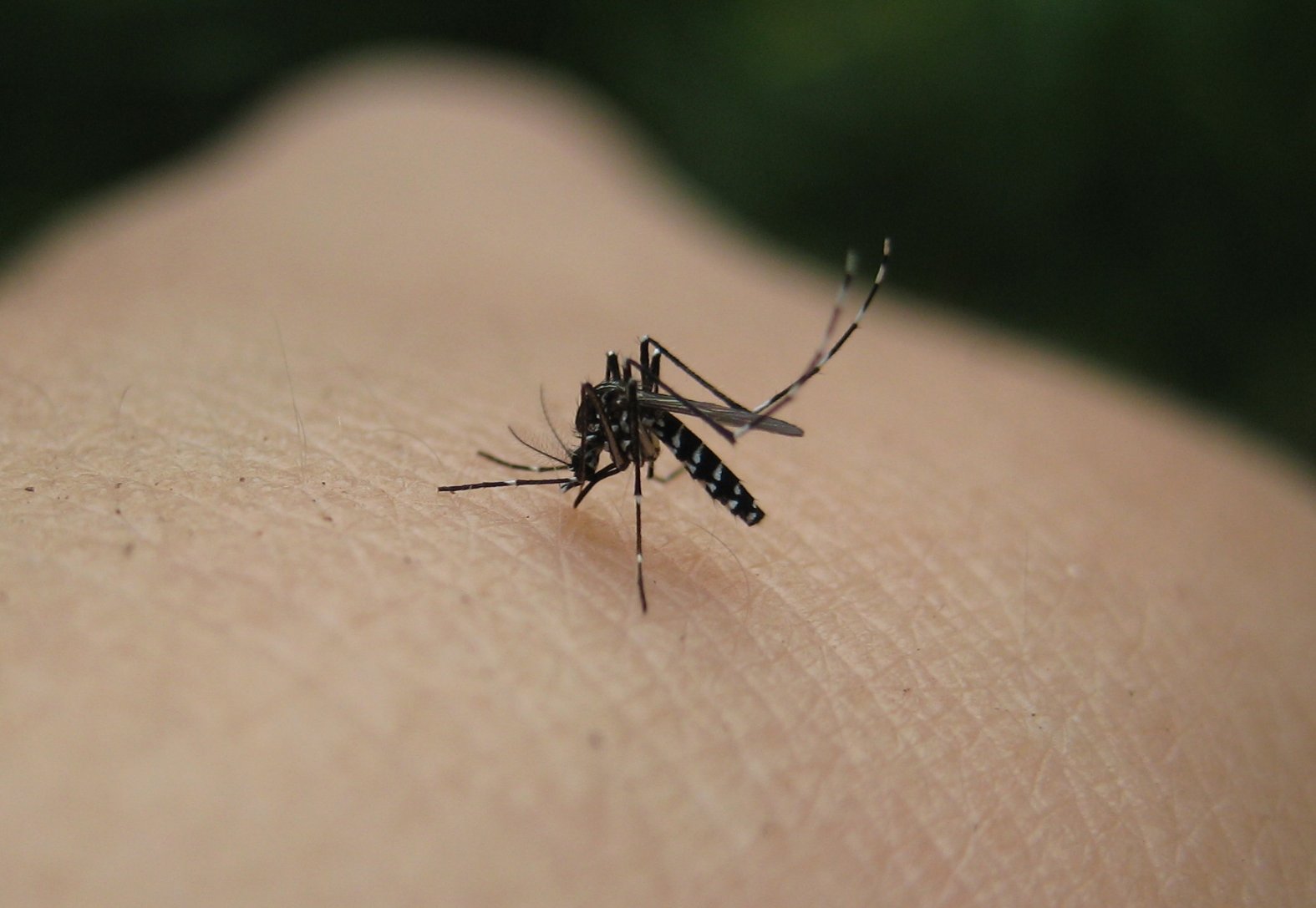People with diabetes do have pretty good care of his food, including sweet fruits. But that does not mean that diabetics should not eat fruit. Here are some pieces that are suitable for diabetics.
Diabetics cannot eat food carelessly let alone related to glucose, hence the strict controls required to minimize the adverse impacts that may arise.
People with diabetes should eat foods with low glycemic index, i.e. below 55. This is to help prevent blood sugar spikes that make diabetes worse.
Glycemic index (GI) is the scale or number given to certain foods based on how big these foods increase blood sugar levels, the scale used is 0-100. Called low-glycemic index when they're on a scale of less than 50, medium glycemic index if its value is 50-70 and high glycemic index if the number is above 70.
Here are some fruits that can and is suitable for diabetics, as reported by the LIVESTRONG, namely:
1. Apple
Glycemic Edge reported that pectin, are a compound that are found on the skin and flesh of apples, is effective to help treat diabetes. These compounds help detoxify the body and reduce the insulin the body needs about 35 percent. Eating an apple that has a glycemic index of 40 can also help improve the regulation of blood sugar levels.
George Mateljan Foundation for the World's Healthiest Foods, citing a research study published in the Journal of Medicinal Food September 2010 edition, shows the enzyme in apple affects carbohydrate digestion, which reduces the absorption of glucose in the digestive tract and stimulates the pancreas to produce more insulin. This condition will help you better balance blood sugar levels.
2. Strawberries
Strawberries play a role in the diet of people suffering from diabetes. American Diabetes Association, call berries including strawberries as a 'super food' because it has a low glycemic index, which is a 40 to 120 g strawberry.
Strawberries also contain lots of fiber, nutrients and antioxidants. Eating strawberries may help reduce the risk of heart disease, a serious risk for diabetics.
3. Grapefruit
Grapefruit has a glycemic index of 25 per 120 grams, it can help improve insulin sensitivity, an important feature because insulin helps to release sugar into the bloodstream and directly impact on blood sugar levels.
Grapefruit increased alkali reserve in the blood, which can resist the acidity of diabetes in people with diabetes.
4. Avocado
Avocado effective in reducing cholesterol in people with diabetes to maintain the level of triglycerides in the blood, according to William Castelli in Cholesterol Cures book.
Avocados are low in carbohydrates and contain healthy fats can reduce the risk of type 2 diabetes in women and men who already have a high risk. High levels of vitamin E in avocados also improve insulin action by inhibiting the binding of glucose to low density lipoprotein.












